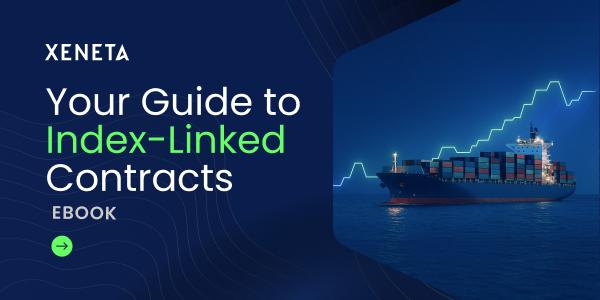When negotiating air freight contracts, the constant question from shippers is how long they should last.
It is indeed a challenging question considering the big swings in air cargo rates due to recent market shocks, such as the e-commerce boom and conflict in the Red Sea region.
More importantly, no market is alike and the answer depends very much on a shipper’s individual supply chain and business needs. Markets often behave differently in terms of how freight is bought and sold and the way they respond to these external shocks.
Taking ex-Hong Kong and Vietnam markets as an example, the middle of the year is traditionally a slack season with falling cargo rates. But this has not been the case for rates to the US.
In the week ending 9 June, air cargo spot rates (valid for up to one month) from Hong Kong to the US appeared to level off below seasonal rates (valid for more than one month). This reflects a shift in market sentiment due to flattened cargo demand.

In contrast, Vietnam to the US air spot rates continued to surge during the same period. The sudden increase in air cargo demand pushed the spot rates to stay above their seasonal rates with a widening gap.
Understanding freight forwarder procuring strategies
Here comes the question: should shippers sign short-term or long-term contracts? To answer this, we should understand how freight forwarders procure in these markets. In other words, the proportion of cargo volumes freight forwarders procure in the spot market, known as the spot share.
In the past year, freight forwarders procured on average less than 20% of Hong Kong to US market volume in the spot market, while the ratio for the ex-Vietnam market is nearly 80%.
This clarifies why many shippers in Vietnam to the US market faced hefty surcharges, despite holding long-term contracts with their forwarders, during the 2023 year-end peak season and the onset of the Red Sea crisis early this year.
Adopting a mix of strategies
Considering the wide spread of spot share values in different markets around the globe, shippers should also look to adopt different procurement strategies for different lanes, especially for their top volume corridors, instead of putting everything into one basket.
For instance, shippers with a large volume could lock into longer-term contracts for ex-Hong Kong lanes. Alternatively, they could agree short-term contracts to benefit from low rates if volume is low and erratic.
For ex-Vietnam lanes, shippers may negotiate shorter-term validities. But if longer term is a must for their business, shippers should clarify the terms with their forwarders in advance of the next peak season or any unexpected upward airline rate increase, including types of surcharges, guarantees and under what conditions they will be applied.
Alternatively, shippers could set up an index-linked mechanism with their forwarders to minimize additional procurement administration by adjusting the base air freight rates according to the current or recent air freight trends.
The index mechanism would activate if the current freight rates in a predefined timeframe exceed or fall below the base rates by a certain threshold, for example, +/- 10%. The base rates would then be adjusted upwards or downwards by a pre-agreed ratio, which could be settled as a freight rebate.
Just as no air freight market is alike, there is no one-size-fits-all approach to procurement. Shippers should also consider how their freight forwarders procure - then use market data and intelligence to select the right mix of short-term and long-term validities for targeted lanes, including the potential of index-linked contracts.
%201.png)




.png?width=387&name=image%20(45).png)

